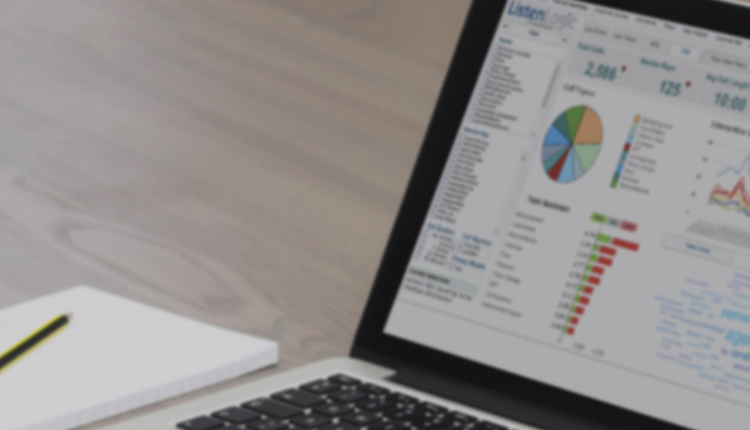
Whether you’re planning to rewrite all your documents to improve your customer’s experience or planning to migrate them from a legacy platform to a modern publishing system and possibly convert many paper-based communications for electronic delivery, the costs can look exorbitant and downright shocking. At the cost level projected, it may be tough to develop the type of return on investment (ROI) that’s needed to get your effort funded. To mitigate this issue, use a multi-pronged approach to your content migration in order to reduce the total cost and improve your ROI.
Since not all documents are created equal, nor of the same value to you and your customers, segmenting the documents into groups based on purpose and value has proven to be an effective method for helping to match the communications type with the method of conversion or migration to provide the most economical method of execution.
The Lift and Load approach has proven to be the cheapest or most economical method.
Applicability: This approach is most effective for groups of documents that require no content rewrite or reformatting. Additionally, highly regulated documents that offer you little flexibility to change are good candidates for this approach.
Process: Here documents are migrated “as is” from the current to the future platform. No rewrite of content or redesign work is required. Platform vendors may provide tools specifically designed for the migration from a legacy tool to your target. Hint: Test the efficacy of the automated migration tooling prior to committing to a schedule as your own legacy customization may impact the results.
Benefits: Once migrated, you can take advantage of the more cost-effective maintenance platform and process improvements you’ve implemented with the new platform. In addition, future changes to improve usability, customer experience or channel of delivery can be made more cost-effectively. Finally, this approach is also the fastest way to retire an out-of-support or soon-to-be unsupported legacy product or platform.
Risk: The primary risk is that once migrated to the new platform, you won’t follow through with plans to rewrite, re-brand or improve the customer experience of the documents.
MORE: 5 Ways Customer Communications Management Improves Your Customer Experience Efforts
Print stream re-engineering or re-purposing is another cost-effective method with rapid delivery potential.
Applicability: This solution is most commonly used for brittle or tangled legacy systems when making the upstream changes to push a clean data file to the new platform are too costly or perhaps knowledgeable resources to make the required changes are in limited supply.
Process: Here the existing print or output stream is captured before going to the print facility; data is extracted and new formats or content applied before output is produced.
Benefits: Enables a very rapid and cost-effective method to change the look and feel of existing communications without a costly or intrusive impact to upstream systems. Works well for documents that don’t require a major rewrite or significant changes to the content of a document. This approach may be used as a bridge to quickly deploy some document improvements while a document group waits in the queue for the opportunity to be fully rewritten. Changes may be applied within days, as opposed to weeks or months to implement upstream changes.
Risk: Print stream re-engineering adds another step in the publishing process for the selected documents or print streams, which could become more costly over the long term. The approach may be considered an interim solution. How long do interim solutions last in your enterprise?
A full document rewrite provides the most potential communications improvement but requires the most effort and cost.
Applicability: This more involved and costly approach is best applied to documents that have a significant impact on customer satisfaction/dissatisfaction. When the primary business driver is improving the customer experience, documents that are overly complex, filled with legal jargon, poorly designed or just not amenable to electronic delivery channels, a significant rewrite of the content is appropriate.
Process: Based on a defined voice and communications style, complete an inventory analysis of your communications, group or segment the documents appropriately and prioritize the order in which the rewrite will occur. Then, experienced writers can begin the process of rewriting the content and engaging the business owners in the review and approval cycle.
Benefits: Enables significant improvements to an integrated multi-channel customer experience strategy by driving ease-of-use and customer centricity consistently across print and electronic communications. The refactor and rewrite approach can reduce the total eligible content to migrate by 50% or more, depending on the document type being rewritten.
Risk: This method requires a coordinated effort across the enterprise, including IT and business resources. A clear vision and definition of the future customer experience, along with the voice and tone of communications, should be completed in advance of beginning the rewrite. Sustaining momentum across the thousands of documents in inventory requires perseverance and commitment from upper management.
Successful firms that have deployed a similar multi-faceted approach to document migration have been able to achieve process efficiencies on the new platform in the range of 35% to 70%, while simultaneously improving the customer experience and integrating communications consistency across channels.



















